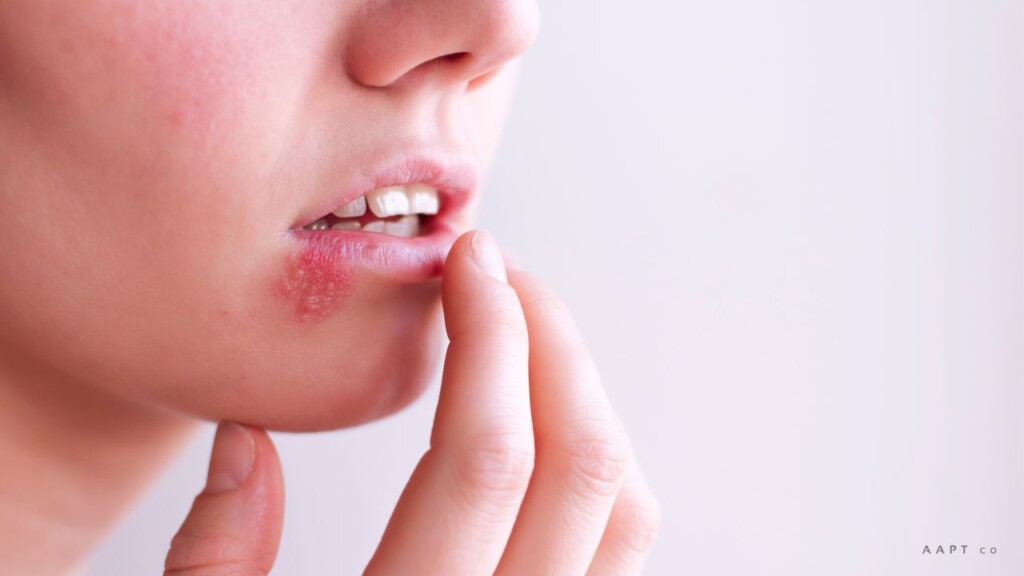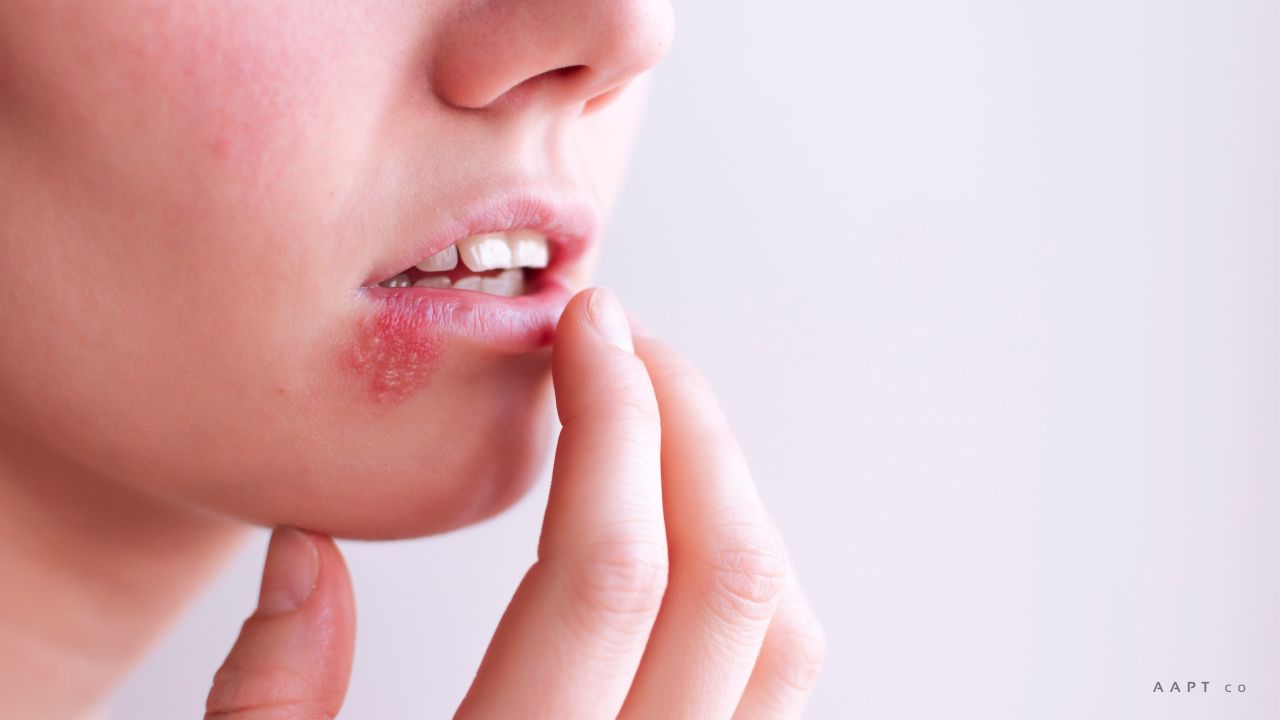
Shingles (herpes zoster) can affect people of any age who have previously had chickenpox, but it is more common among older individuals. The risk of shingles increases with age, and the majority of cases occur in people over the age of 50. This is because the varicella-zoster virus, which causes both chickenpox and shingles, can remain dormant in the body for many years and reactivate later in life when the immune system weakens. While it is less common, shingles can also affect younger individuals, especially if they have weakened immune systems due to medical conditions or medications. Hence treatment for shingles become very crucial for people of middle age group.
What are Shingles?
Shingles is a painful, viral infection caused by the reactivation of the chickenpox virus (varicella-zoster). It typically manifests as a blistering rash on one side of the body, often accompanied by severe pain, itching, and flu-like symptoms. Shingles can affect anyone who has had chickenpox, and the risk increases with age and weakened immune systems. It’s important for people, especially those over 50, to be aware of the symptoms and seek prompt medical attention if they suspect shingles. Vaccination is available to prevent or reduce the severity of shingles, underscoring the significance of early awareness and preventive measures.
Awareness about Shingles
Awareness about shingles is crucial to help individuals recognize the symptoms, seek timely medical attention, and take preventive measures. Key points of awareness include:
- Causes: Shingles is caused by the reactivation of the varicella-zoster virus, which lies dormant after a previous bout of chickenpox.
- Symptoms: Watch for a painful, blistering rash typically on one side of the body, along with itching, burning, and flu-like symptoms.
- Risk Factors: Aging, a weakened immune system, and stress can increase the risk of shingles.
- Complications: Shingles can lead to long-lasting nerve pain, vision problems, and other complications.
- Vaccination: Consider getting the shingles vaccine (Shingrix) to reduce the risk and severity of the condition, especially for those over 50.
- Contagion: Shingles is not directly contagious, but the virus can be transmitted to those who have not had chickenpox or have weakened immunity.
- Early Treatment: Seek medical help promptly if you suspect shingles, as antiviral medications can reduce the severity and duration of the illness.
Increasing awareness about shingles can lead to better prevention, management, and improved quality of life for individuals at risk, which is much better than the treatment of shingles.
What causes Shingles?
Shingles is caused by the reactivation of the varicella-zoster virus (VZV), the same virus responsible for chickenpox. After a person recovers from chickenpox, the virus remains dormant in the nervous system. Several factors can trigger its reactivation, leading to shingles:
- Weakened Immune System: A weakened immune system, which can result from aging, illness, or medications, is a primary risk factor. A compromised immune system may be less effective at keeping the virus in check.
- Aging: The risk of shingles increases with age. As people get older, their immune response tends to weaken, making reactivation more likely.
- Stress: Stress can weaken the immune system and potentially trigger the reactivation of the virus in some individuals.
- Infection: Other infections, especially those that affect the respiratory system, can weaken the immune system and potentially lead to shingles.
- Medical Conditions: Certain medical conditions, such as cancer, HIV/AIDS, and autoimmune diseases, can weaken the immune system, increasing the risk of shingles.
It’s important to note that shingles itself is not directly contagious, but the virus can be transmitted to individuals who have never had chickenpox or who have compromised immune systems.
Symptoms of Shingles
Shingles (herpes zoster) is characterized by several distinctive symptoms that typically appear on one side of the body. Common symptoms include:
- Pain: Shingles often begins with a burning, tingling, or shooting pain, which can be quite severe. This pain usually precedes the rash.
- Rash: A rash appears a few days after the pain, typically in a band or strip on one side of the body. It consists of fluid-filled blisters that may break open and crust over.
- Itching: The affected area can be intensely itchy.
- Flu-like Symptoms: Some individuals may experience fever, chills, headache, and fatigue.
- Sensitivity: The skin in the affected area may become sensitive to touch.
- Numbness or Tingling: Some people may experience numbness or tingling in the affected region.
- Blisters: The rash can develop into blisters filled with clear or cloudy fluid. These blisters can be painful and may take several weeks to heal.
- Complications: In some cases, shingles can lead to complications, such as postherpetic neuralgia, a condition characterized by persistent nerve pain in the affected area.
It’s essential to know that early medical treatment, including antiviral medications, can help reduce the severity and duration of shingles and lower the risk of complications. If you suspect you have shingles, it’s advisable to seek medical attention promptly.
Shingles Diagnosis and Treatment
Diagnosis of shingles typically involves a clinical evaluation by a healthcare provider, who will assess the symptoms and perform a physical examination. The key aspects of diagnosis and treatment of shingles include:
Diagnosis
- Clinical Assessment: The healthcare provider will inquire about symptoms, medical history, and conduct a physical examination. The characteristic rash is often a primary indicator.
- Lab Tests: In some cases, a sample from the rash may be tested to confirm the presence of the varicella-zoster virus.
Treatment
- Antiviral Medications: Early treatment with antiviral drugs, such as acyclovir, valacyclovir, or famciclovir, can help reduce the severity and duration of the shingles outbreak. These drugs work by slowing the replication of the virus.
- Pain Management: Pain relief is a crucial part of treatment. Over-the-counter pain relievers (e.g., acetaminophen or ibuprofen) and prescription medications may be prescribed to manage discomfort.
- Topical Creams: Some topical creams containing capsaicin or lidocaine may help alleviate localized pain.
- Anti-viral Eye Drops: If shingles affects the eye, antiviral eye drops and ointments may be prescribed to prevent complications.
- Corticosteroids: In some cases, corticosteroids may be used in combination with antiviral drugs to reduce inflammation.
- Cool Compresses: Applying cool, wet compresses to the affected area can provide relief from itching and discomfort.
- Rest: Rest and adequate sleep are important for recovery, as shingles can be exhausting.
Prevention
- Vaccination: The shingles vaccine, such as Shingrix, is recommended for adults over 50 to reduce the risk of developing shingles.
- Good Hygiene: Practice good hygiene to prevent the spread of the virus to others, especially those who have not had chickenpox or are immunocompromised.
Shingles can be painful and potentially lead to complications. Hence, seeking medical attention promptly is important for effective treatment and management of shingles. Consult a healthcare professional for guidance on the best approach to managing shingles based on your individual circumstances.

